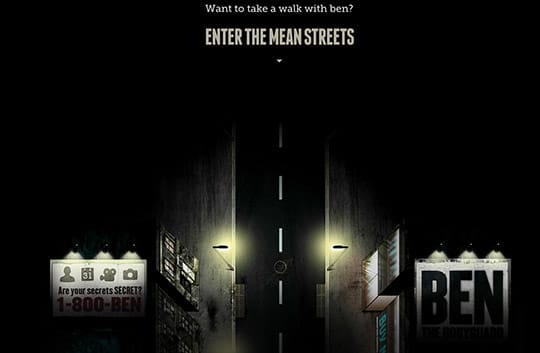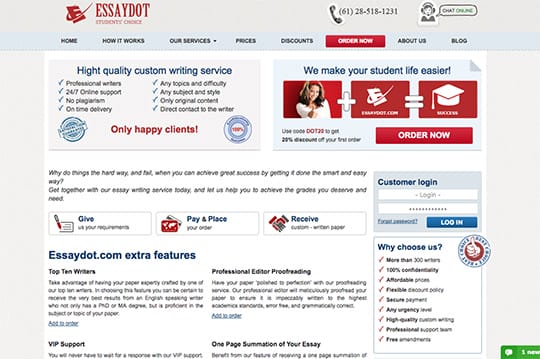Have you heard of an architect who draws up a plan for a house without knowing how many bedrooms it must have or any other specifics like the plot size? No, right? Spearheading a website design for your business or a blog, without any content, is much the same.
“Content comes first!”
… and allow me to illustrate why it is so.
When Content is Driven by Design
Think of someone who wants to start their own blog. They don’t have the content yet but wants to create the design first. Since it is a website meant for, say, a food recipe blogger, the designer comes up with a design that allowed space for chunks of recipe content. After the content was presented to the designer, turns out instead of content, the recipe was illustrated with chunks of pictures! Now wasn’t this a waste of time and money for all parties?
In another illustration, say, you know how your website should like and you also have certain presuppositions about what content will go on the website. However, this is all in your mind, not on paper. A designer will want some specifics such as the target audience, your industry, and this information will be a good starting point. A good designer, however, will want to understand your brand, the history of your company, what are your products and services. Then again, all this is not necessary for every designer to start working on your website.
The point is that the more information the designer has, the more responsive the design will be. Even if the design focuses on your brand colors, logo, and other brand elements, your website will be successful along with thought provoking content, helpful to your audience. Unless, your story can be illustrated by a thought provoking visual and just a headline to let the audience know what the website has to offer…
For example, check out http://benthebodyguard.com. As soon as you enter the site, there is a short animation of what the website represents. It’s about Ben, the bodyguard who guides all your secrets and one that would protect you and keep you safe at all times. It’s an app that locks in your contacts.

When Design is Driven by Content
As illustrated earlier, it is information that drives the design to be successful. When you have your content ready to go, the client or the designer will know exactly what needs to be done to build a responsive design. This works especially well when you decide to give your existing website an overhaul. You have ready content to work with!
It takes more than a thought provoking visual to convert your reader into a customer. Therefore, neither content nor design can exist alone. They need to be working together to make the greatest impact.
When content comes first, the layout and user engagement is more effective. The core function of the content is to educate your audience into doing what you want them to do. When the designer knows the content, the design then created will be appropriate for the audience – whether it is a fun design or a more serious one.
Take a look at http://www.essaydot.com/. This is a website is totally driven by content. Therefore, the design is created with the audience, who needs a lot of information, in mind.

Designing Without Content
When you design without content, you put your business in jeopardy. The design should be such that the visitors are capitalized into customers for the business.
When content comes first, the challenges faced by the designer is predicted. Without content, however, the design will potentially ruin the user experience. Besides, when designers have a content copy to work with, they don’t have to waste their time creating photo content on their own!
If you don’t have any content to work with, you can always borrow content from your competitor’s website. Use it as a guideline – but a word of caution, ensure that the true copy is replaced with the design as soon as possible or you run the risk of being prosecuted for plagiarism.
Conclusion :: Content vs Design

A responsive design is one that makes the readers do what the author wants them to do. The design is important; however, the content is the most important ingredient to create a delightful and a responsive design. Regardless of being the client or the designer, everyone benefits, when you have content or even photo-content before you start working on your design. If there are on strict timelines to finish the design, then a ready copy of content will save you a lot of time. If you do not have content to work with, borrow from competitors or choose a designer who can work on a proto-copy, besides thinking like a marketer. Such a designer will help you create a design that converts your audience into customers.
This article is written by Alicia Honeycutt. She is a content strategist and a writer. She has a keen interest in technology, web design, and educational startups. Follow her on Facebook.
 This article is written by Alicia Honeycutt. She is a content strategist and a writer. She has a keen interest in technology, web design, and educational startups. Follow her on
This article is written by Alicia Honeycutt. She is a content strategist and a writer. She has a keen interest in technology, web design, and educational startups. Follow her on 


